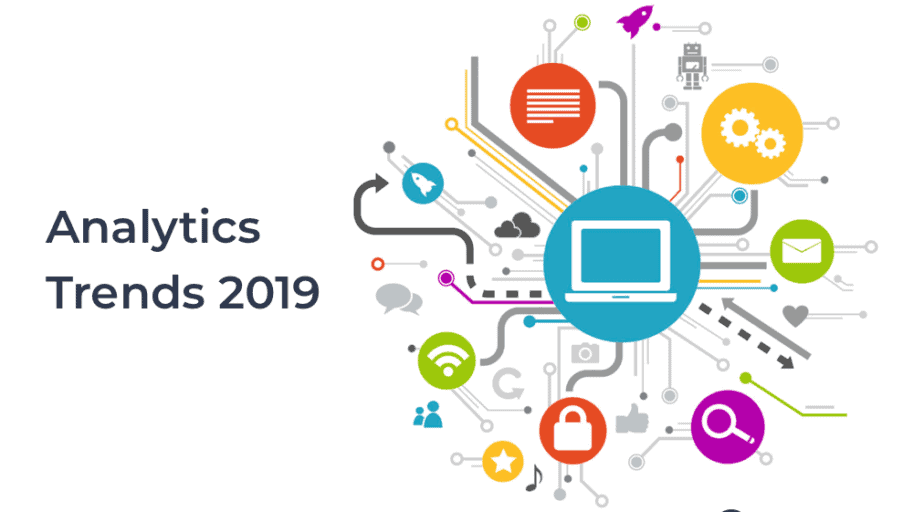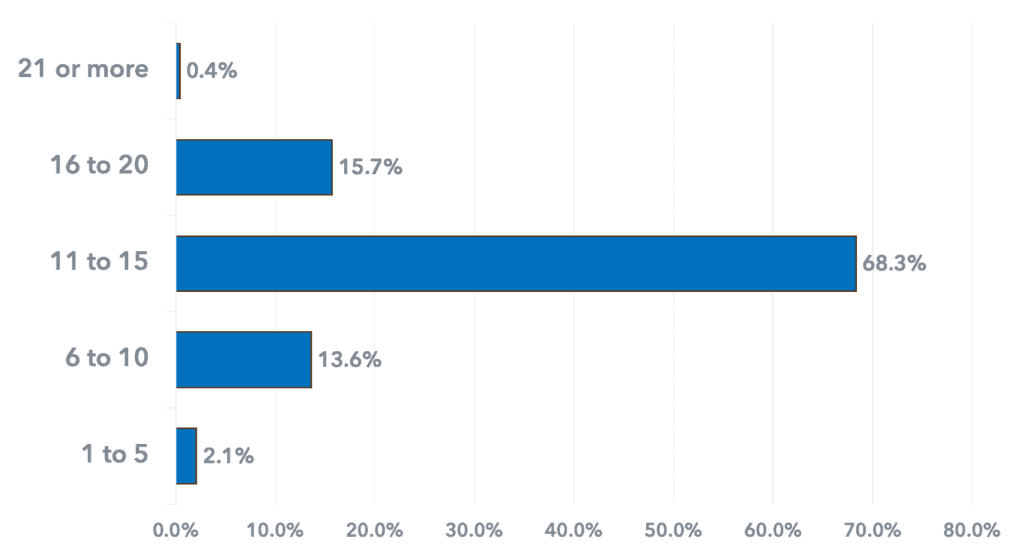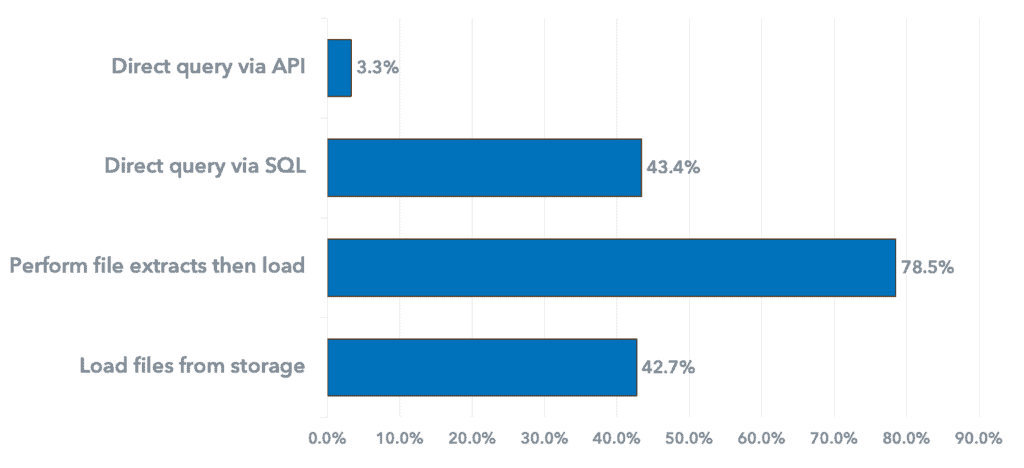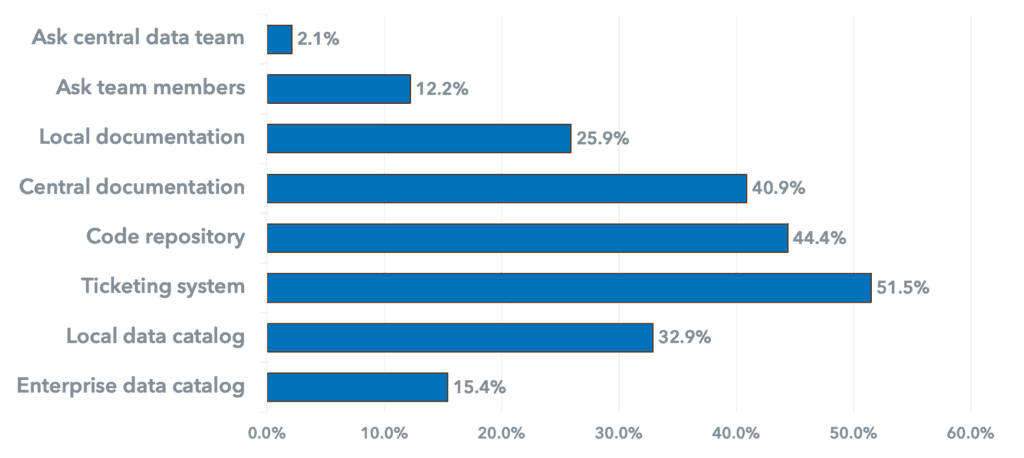Six Global Trends in Analytics from our 2019 Survey – Part 1
- John Morrell
- September 20, 2019

Datameer Spotlight conducted two surveys of analytics professionals in 2019, with intent to better understand how leading analytics professionals work with data and other assets in their analytic processes. Data analysts, data scientists and analytics leaders were asked questions about their roles, data sources, data access methods, types of analysis and analytic processes.
Here are three of the top 6 analytics trends in 2019, with three others to follow in part 2 of this blog.
Business analysts deal with a disparate data landscape
The survey results showed that more than 84% of analysts needed access to 11 or more data sources for their analytics. The analytics professionals cited a wide variety of locations for this data further dispersing the data: on-premises data warehouses and data marts, files in local storage and cloud object stores, cloud data warehouses, SaaS applications and third party web services.

Question: How many data sources do you need to access and use in your analytics?
The increasingly complex data landscape makes it difficult for analysts to find, understand and consume data. They may need to resort to adhoc extracts, or wait for IT to build data flow processes. As a result, analytic cycle time increases, it takes longer to get answers to management. the longer it takes to analyze data, the less detailed they can be in providing answers to sophisticated questions.
Data consumption is not efficient
Of the respondents, 78% reported having to manually extract data and input it into their business-intelligence tools. Moreover, only 46.7% stated they directly queried data, mostly by using structured query language, or in rarer circumstances, application programming interfaces.

Question: Which methods do you use to access data for your analytics?
Those statistics are a testament to the increased use of software-as-a-service applications, cloud-based services from external vendors and third-party data sources in more modern digital analytics. Although data extraction has a benefit – an analysts can get it when they want it – it also has disadvantages:
- Extracting data can make it challenging to share with others the understandings about that data.
- Extracted information often contains customized views not reusable by the remainder of the analyst team.
- Extracted data is vulnerable to customization by others, ruining the integrity of the information.
Because of those issues, individual analysts typically have to do all their data-extraction work for each project with little no reuse or steady pipeline of data. The result is longer analytic cycles and a limited ability for analysts to share analytic assets with one another.
Knowledge about data is kept in many places
While organizations frequently attempt to create centralized storage of data – e.g. a data warehouse – that is not always the case for knowledge about the data assets. The survey shows, however information about data assets can be contained in a multitude of places, including technical repositories, ticketing hubs or manual documentation.

Question: How do you find and learn about new data assets?
With knowledge about data assets spread out and in some cases in places the analyst does not have access to, it becomes difficult for analysts to discover the new data assets they need and gain a proper understanding of how to best use it. With little understanding, causes analysts to lose trust in the data, and management to lose trust in the end analytics. The dispersed information also limits the amount of knowledge that is shared amongst the analyst team.
Wrap Up
Our survey of analytics professionals revealed three very interesting analytics trends:
- Business analysts are struggling to deal with a disparate data landscape limiting and slowing their access to data
- Consuming data into analytics is not efficient forcing analysts to repeat manual processes in each analysis
- Knowledge about data is difficult to find, potentially creating a lack of understanding and trust
Datameer Spotlight is designed to help solve all of the three issues we discovered from our survey. It helps analysts discover and use new analytic assets in a disparate landscape, consume data directly into new analyses quickly and easily, and build knowledge and trust in analytic assets.
To learn more about how Datameer can help you unlock the power of your data and analytic assets, Sign up for your free trial today!


